- About us
- Support the Gallery
- Venue hire
- Publications
- Research library
- Organisation chart
- Employment
- Contact us
- Make a booking
- Onsite programs
- Online programs
- School visit information
- Learning resources
- Little Darlings
- Professional learning
Sir Russell Drysdale AC (1912-1981), painter, developed eye trouble in 1929, and had to leave boarding school for the first of many eye treatments which left him fearful of total blindness. He went to art school in 1935. In 1938 he took his family to Europe, and studied art in London and Paris, sharing a studio there with Peter Purves Smith, with whom he had gone to school. Having returned to Australia, over the course of the 1940s he produced a series of melancholy, foreboding works - including The Rabbiters, West Wyalong, The Drover's Wife, Sofala and The Cricketers - which not only laid down the terms of reference for most subsequent depictions of the landscape, but came to be seen as key representations of the Australian spiritual condition. In 1962 Drysdale's son took his own life; Drysdale's wife, inconsolable, did the same in 1963. In 1964 Drysdale and his second wife, Maisie, a lifelong friend, built a house in the Bouddi National Park, not far from Tallow Beach. A period of stability followed, and Drysdale was able to produce a further body of significant work over the next fifteen years.
Peter Purves Smith (1912–1949), artist, went to Geelong Grammar with his lifelong friend Russell Drysdale. He worked as a jackaroo for three years before undertaking art studies at the Grosvenor School in London. Back in Melbourne, he studied at the George Bell School where he met Maisie Mathews, who later became his wife. In 1938, Purves Smith left for Europe, where he painted major works including Kangaroo Hunt, acquired by the Museum of Modern Art, New York. He was an imaginative and inventive painter; the elongated figures and surrealist elements that Drysdale was to extend in representations of the Australian landscape were present in Purves Smith's paintings in the late 1930s and early 1940s. After proposing to Maisie, who had returned to Australia, Purves Smith joined the British Army in 1940 and served in West Africa and Burma until he was hospitalised with tuberculosis. He and Maisie married in 1946 in Melbourne, with Drysdale as best man; Purves Smith died following surgery to relieve his symptoms in 1949, at the age of 37.
Collection: National Portrait Gallery
Bequest of Lady Maisie Drysdale 2001
© Estate of Lady Maisie Drysdale
The Estate of Lady Maisie Drysdale (2 portraits)



On one level The Companion talks about the most famous and frontline Australians, but on another it tells us about ourselves.

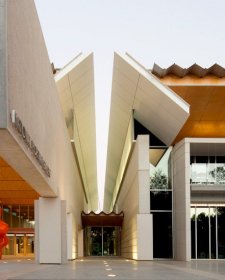
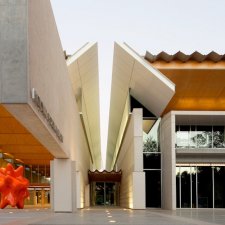
Visit us, learn with us, support us or work with us! Here’s a range of information about planning your visit, our history and more!
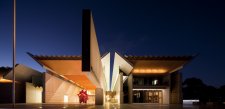
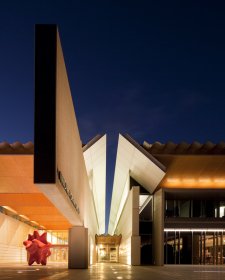
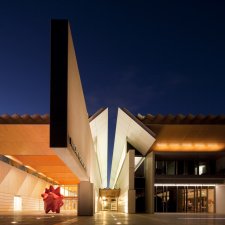
We depend on your support to keep creating our programs, exhibitions, publications and building the amazing portrait collection!